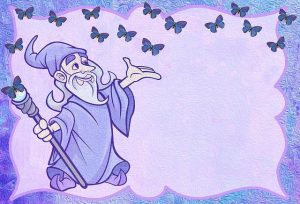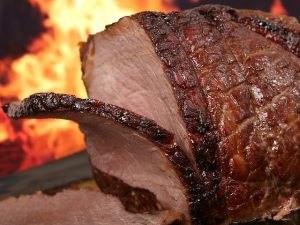Masquerade balls are one of the most glamorous customs to come out of the medieval period. For hundreds of years, they waxed and waned as a result of the political views of whichever monarchy was in power, but they never completely went out of fashion. These gatherings cemented the popularity of ballroom dances such as the waltz and the cotillion throughout the centuries and have had an enduring impact on cultures from Italy to the United States. Let’s explore the history a bit more to learn about their timeless appeal!
Masquerade balls first became popular during the 15th century, to celebrate Carnival and other big events in court life, such as weddings and coronations. In the 16th century, masquerades became more popular and were opened to the public. Ballroom dance played a big role in masquerades, as this was the period that the waltz, the quadrille and the jig grew in popularity, and the masks allowed attendees to dance with whomever they chose without being restricted by social class. Often the host would have people try to guess the true identities of other guests, which would usually be revealed at midnight.
So now that you know more about the history of these gatherings, wouldn’t you like to throw one yourself? We’ve gathered tips on how to make your guests feel like they’re back in the Renaissance.
First, consider the invitations.

Ornate calligraphy and aged paper will go far to let your guests know this isn’t a typical Halloween party. Include instructions to dress up, letting them know the idea is for people to have trouble guessing who they are. A typical greeting for attendees at these gatherings was “Do you know me?” Such an introduction would be a nice touch for your invitations.
Next, you’ll want to consider music and dancing.
Since masquerades were popular for centuries, the music and dance of that particular time period would be used. You could choose a modern day Halloween playlist featuring songs from old-school scary movies and classic bands like The Blue Oyster Cult and The Ramones, or you could take it back to the 1700s with some Handel or Bach. A fun activity could be to pull up YouTube videos on how to perform popular ballroom dances and learn together!
Finally, the food and games you have during the party are almost as important as the costumes.

To be authentically 18th century, you could offer puddings and roasts, parts of a traditional feast that accompanied these celebrations. And as far as games, you could add an extra layer of danger to the costume guessing game by inventing a mystery to be solved by the end of the night!
If you’re sick of the typical Halloween party, try hosting a masquerade instead. They’re exciting, mysterious and liberating, and your guests will enjoy a new take on Halloween fun! And be sure to call your local Fred Astaire Dance Studio to find out more about their Halloween Dance Parties this month!

